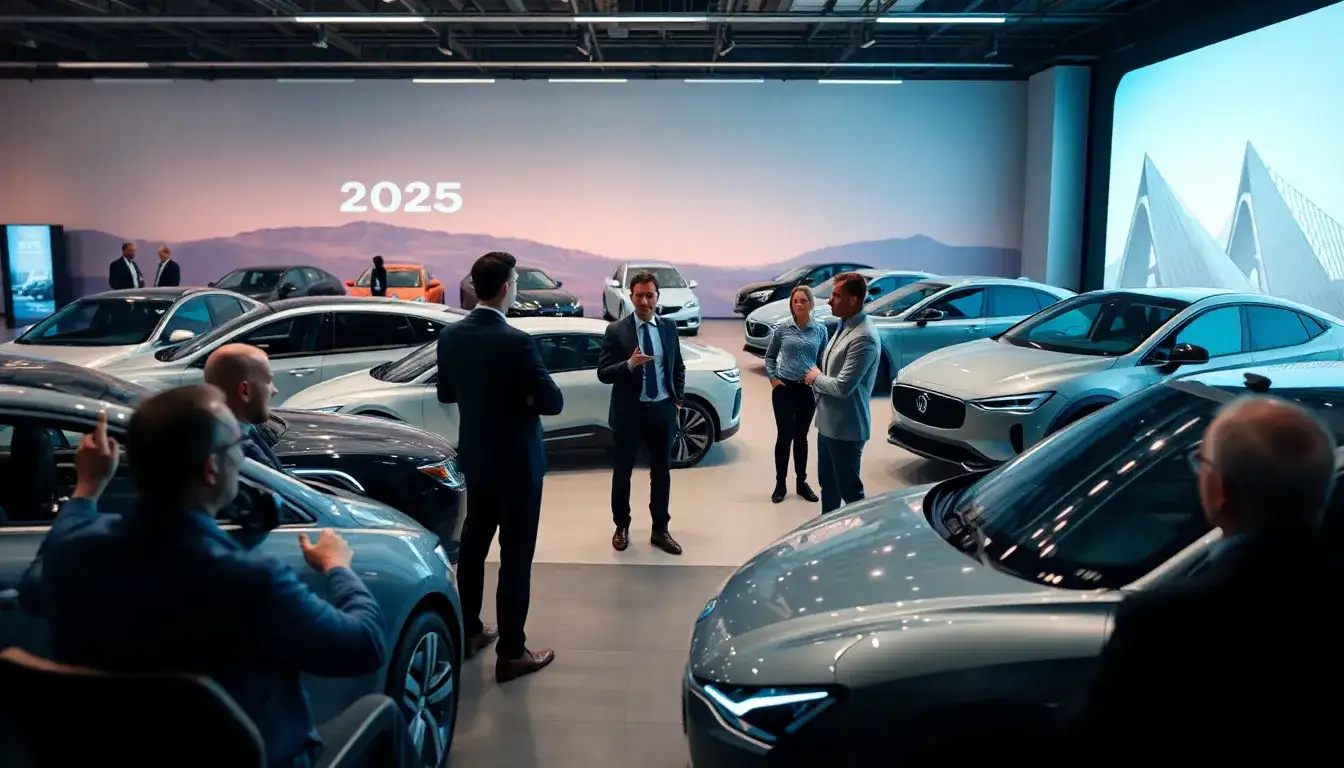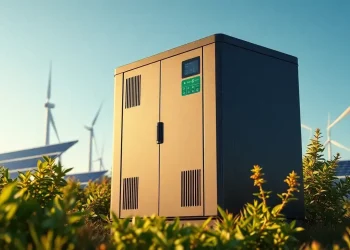
Recently, the China Electric Vehicle Hundred-Person Forum (2025) took place at the Diaoyutai State Guesthouse in Beijing. This summit, a highly influential event in the global new energy vehicle sector, brought together over a hundred representatives from government, industry, academia, and research to discuss the future of the industry.
During the forum, experts and scholars addressed the current challenges facing the automotive industry. Conversely, representatives from automakers predominantly showcased their latest products, leading some media to humorously liken it to a large promotional event.
Behind the scenes, there were many anxious faces. Since 2014, Chinese new energy vehicle companies have traversed a decade, witnessing a shift in competitive rules from “burning cash for market share” to “profitability dictates survival.” Currently, in the new energy vehicle market, hardware profits are minimal, and ecological synergy has become the new value proposition. Companies are expanding their networks, seeking partnerships within the industry, where a single misstep could lead to dire consequences.
No expert could provide a clear direction for the automakers, echoing what He Xiaopeng stated: “No one can securely sit on the fishing platform.”
New Energy Vehicle Companies Face a Decade of Challenges
In front of a blue backdrop at the forum, the leaders of the three major players—NIO, Li Auto, and XPeng—gathered for a group photo. The theme of this meeting was notably aligned among them: aside from cars, they are all exploring new avenues.
Since the National People’s Congress, He Xiaopeng has consistently emphasized the future of “flying cars.” He projected that in the next 10 to 20 years, the market size may reach about 3% to 5% of the current automotive market. With the global automotive market nearing $10 trillion annually, this implies that the flying car market could potentially hit $2 trillion within 20 years. Li Bin announced that NIO plans to invest 60 billion yuan in research and development, management, and the construction of battery swap networks and charging stations. Meanwhile, Li Xiang highlighted the capabilities of Li Auto’s open-source operating system, Star Ring OS, stating, “Li Auto understands how to create large-scale software better than traditional manufacturers and knows how to build a car better than internet companies.” He also mentioned plans to develop three types of robots: L4 autonomous driving spatial robots, human enhancement robots, and humanoid robots.
The shift in focus from these automakers reveals their urgent pursuit of profitability.
Around the same time as the forum, each of the new players released their annual financial reports for 2024: Li Auto reported revenues of 144.5 billion yuan, marking a 16.6% increase year-on-year, and has exceeded 100 billion yuan for two consecutive years. However, due to an increased share of lower-priced model L6, the average revenue per vehicle declined, and combined with costs for electric vehicle transformation and supercharging network construction, Li Auto faced a situation of “increased revenue but decreased profit.” NIO’s total revenue for 2024 was 65.73 billion yuan, an 18.2% increase, but its annual net loss widened by 8.1% to 22.4 billion yuan. XPeng managed to narrow its net loss by 44% in 2024, yet still reported a loss of 5.79 billion yuan, which was supported by over 5 billion yuan in revenue from technology licensing agreements with Volkswagen.
On March 9, XPeng’s Chairman He Xiaopeng reiterated, “There are three years left in the elimination round; ultimately, only seven Chinese new energy vehicle companies may survive. A decade ago, there were about 400 traditional automakers in China, but now there are only around 40. A new brand exits the market roughly every two months, with many no longer operating. The process of industry mergers and consolidations is moving rapidly.” NIO’s founder Li Bin recently asserted that the company “must be profitable by the fourth quarter of 2025.” Considering NIO’s cash reserves of 42 billion yuan and a loss of 22.4 billion yuan, the company’s cash flow could only sustain operations for two years.
The shared anxiety of these three companies points to a critical reality: China’s new energy vehicle makers have reached a life-or-death juncture.
Emerging Opportunities in a Diverse Ecosystem
The phrase “no one can securely sit on the fishing platform” also implies that “everyone can ascend the fishing platform.” While the new energy vehicle industry is experiencing explosive growth, many new ecosystems are being established.
At this forum, the first-ever “Aggregated Intelligent Industry Development Report” was unveiled.
The term “aggregated intelligent industry” refers to a comprehensive industrial ecosystem formed by the intersection and integration of multiple intelligent technology fields. The forum noted, “Intelligent vehicles, low-altitude aircraft, and embodied intelligence, all based on artificial intelligence as a technological foundation, exhibit high similarities in technology, supply chains, and management. Depending on specific scenarios, the shared foundational model can reach 70% to 80%, effectively advancing the development of various intelligent terminals.”
For instance, in the case of low-altitude aircraft, over 70% of the core components like batteries, motors, and electronic controls can be shared with new energy vehicles.
This indicates that by leveraging the rapidly growing new energy vehicle supply chain, a series of intelligent industries can be swiftly developed, forming a new ecosystem of “research—manufacturing—service” across the entire chain.
Additionally, the new energy vehicle sector is fostering growth in numerous supporting industries. Zhang Yongwei, Vice Chairman and Secretary-General of the China Electric Vehicle Hundred-Person Association, stated that the industry is shifting from a focus on manufacturing to service-oriented usage, creating a wealth of services that will drive growth in various business models. The preliminary market size estimate for this shift is at least 4 trillion yuan, warranting greater attention.
Data indicates that by the end of 2024, the number of new energy vehicles in China reached 31.4 million, yet there are fewer than 20,000 maintenance companies for these vehicles, with only 30% of repair shops nationwide possessing qualifications for “three electric” maintenance. This supply-demand gap is driving continuous upgrades in the aftermarket service chain and ecosystem.







